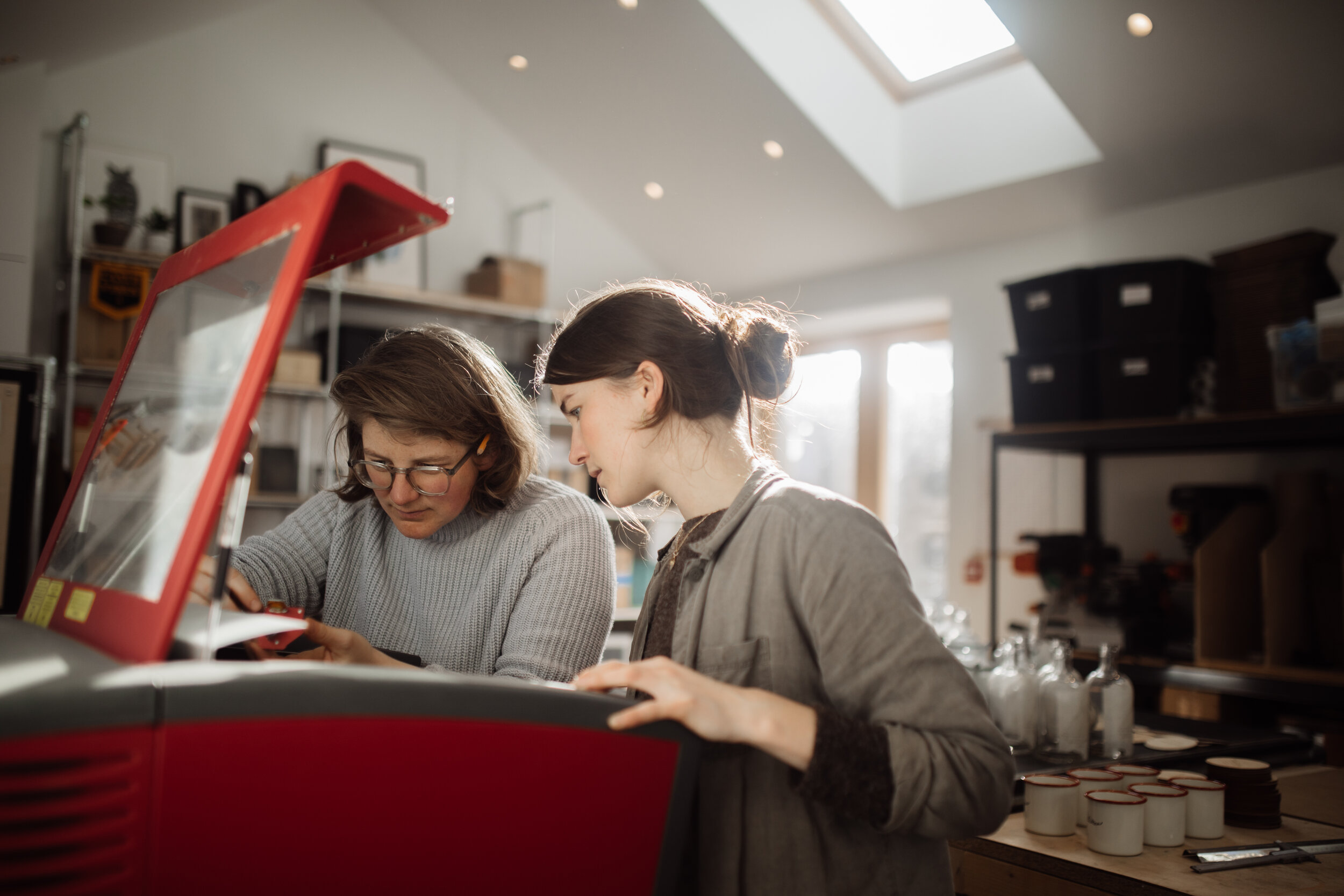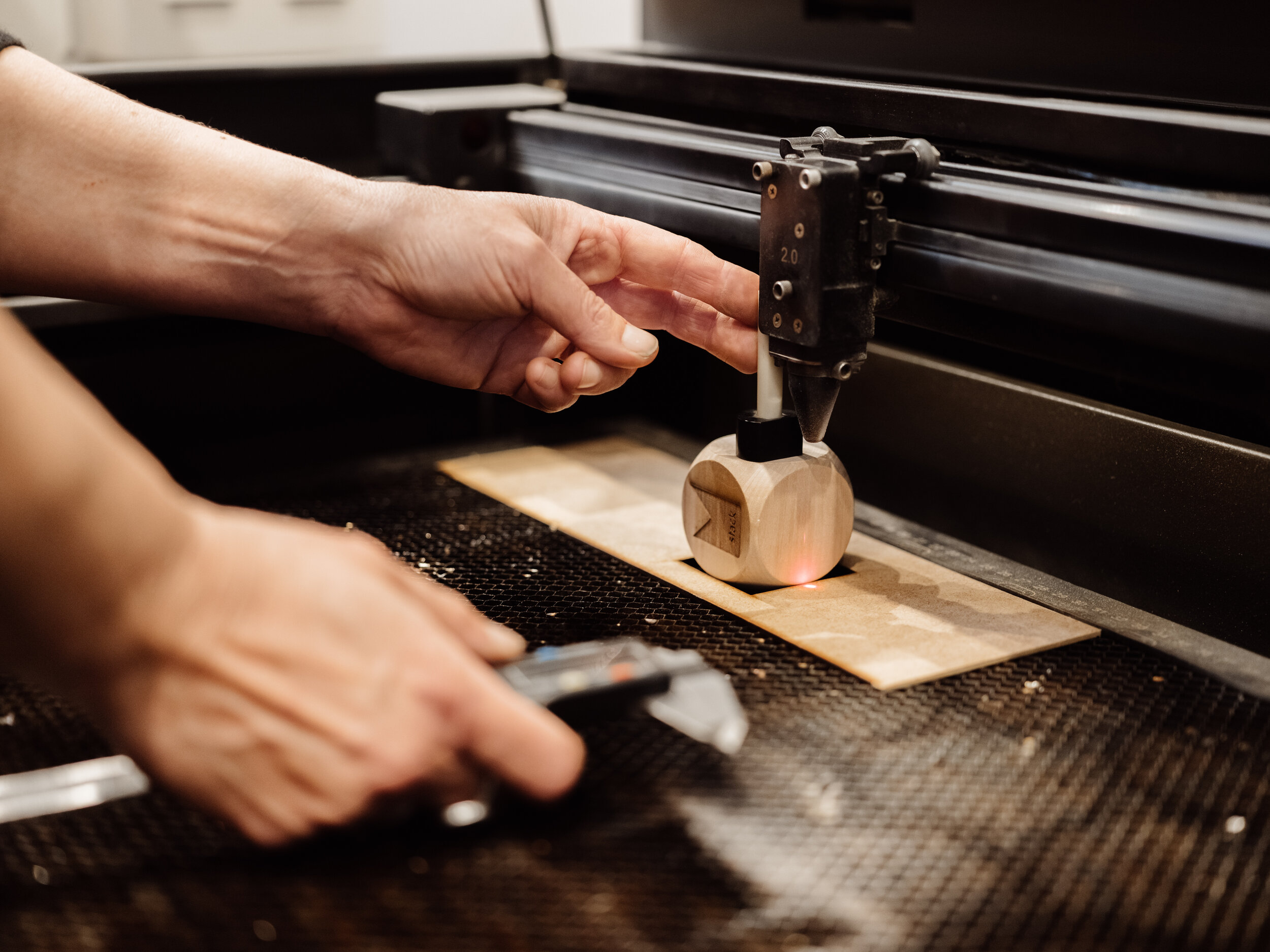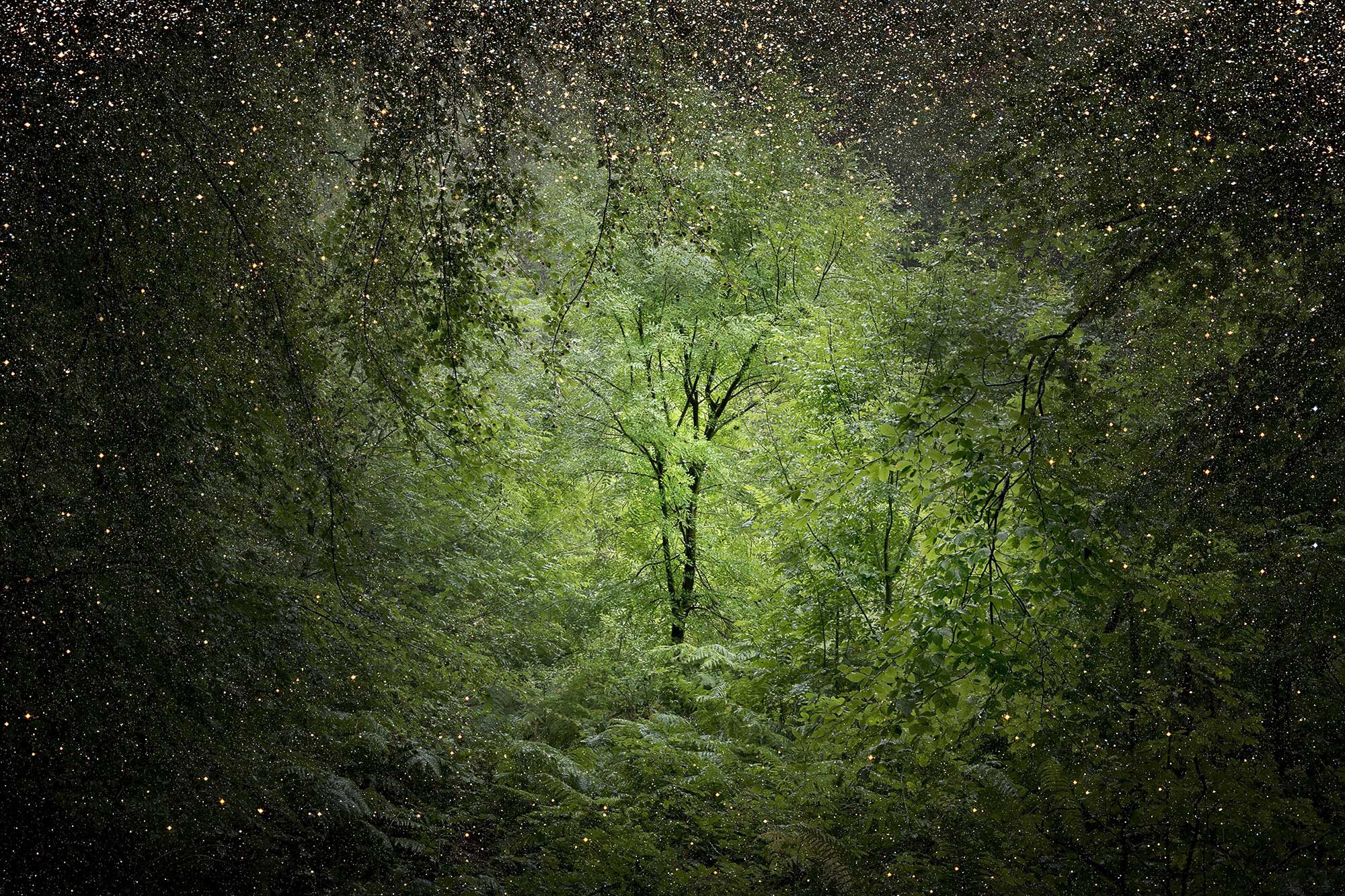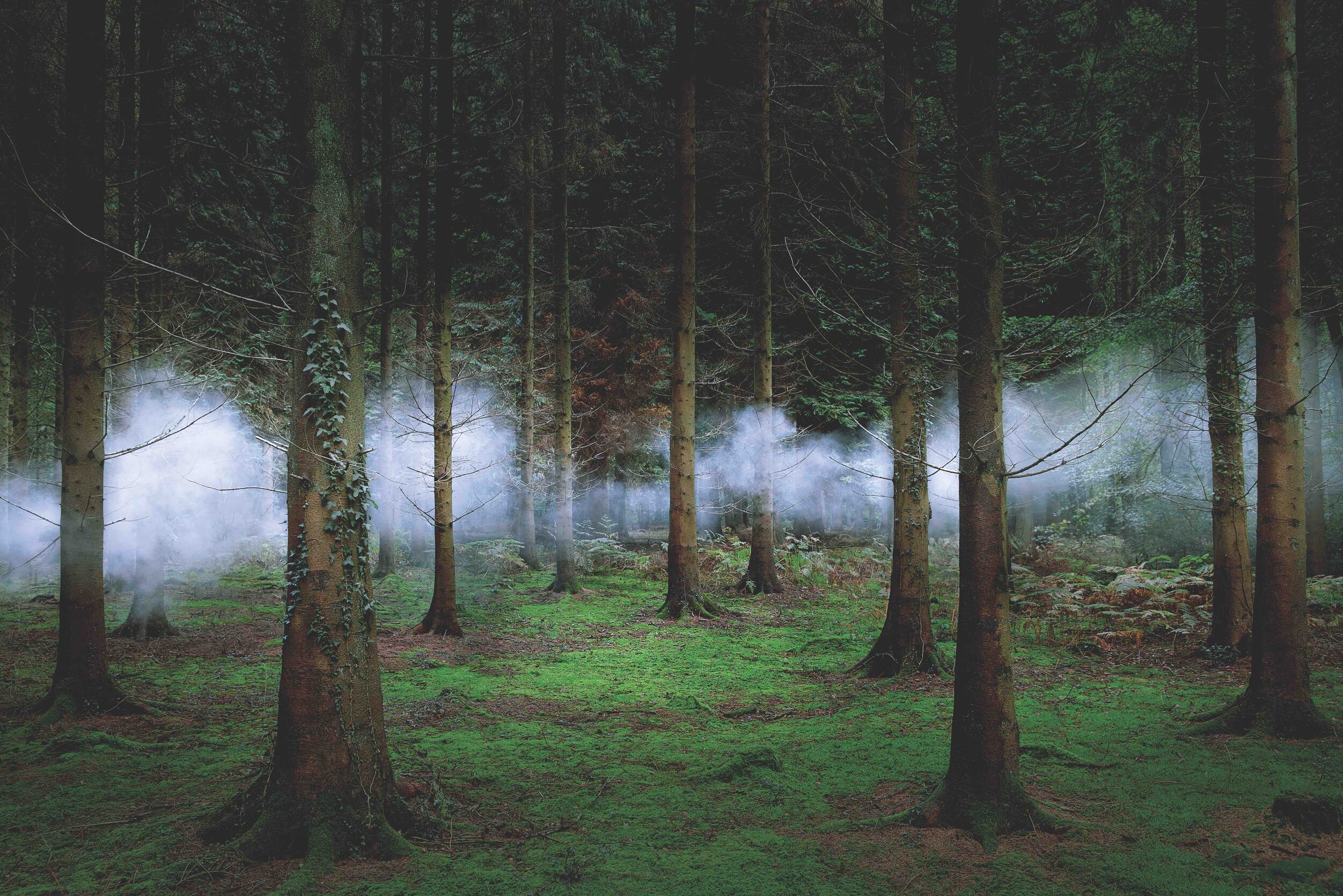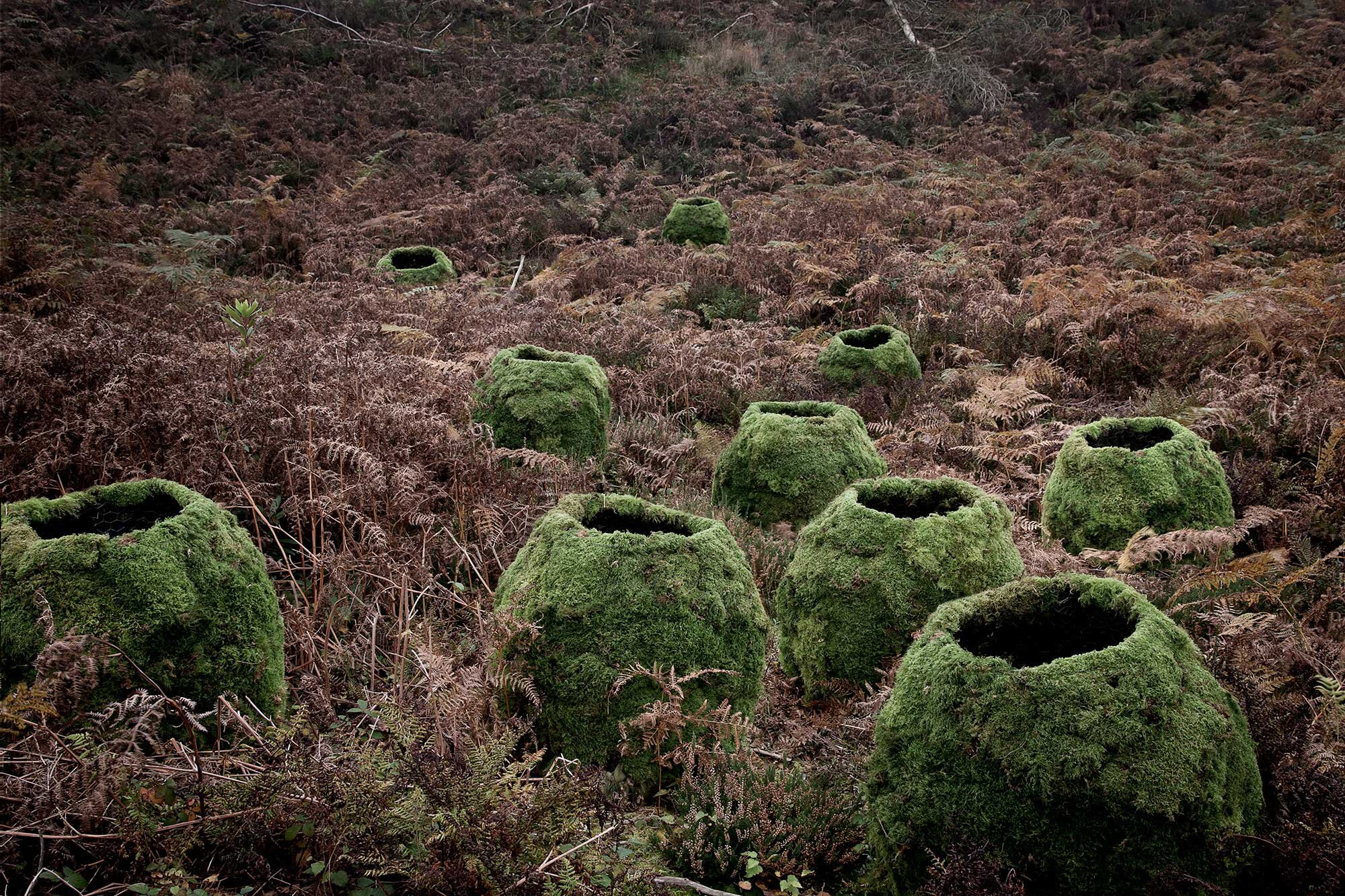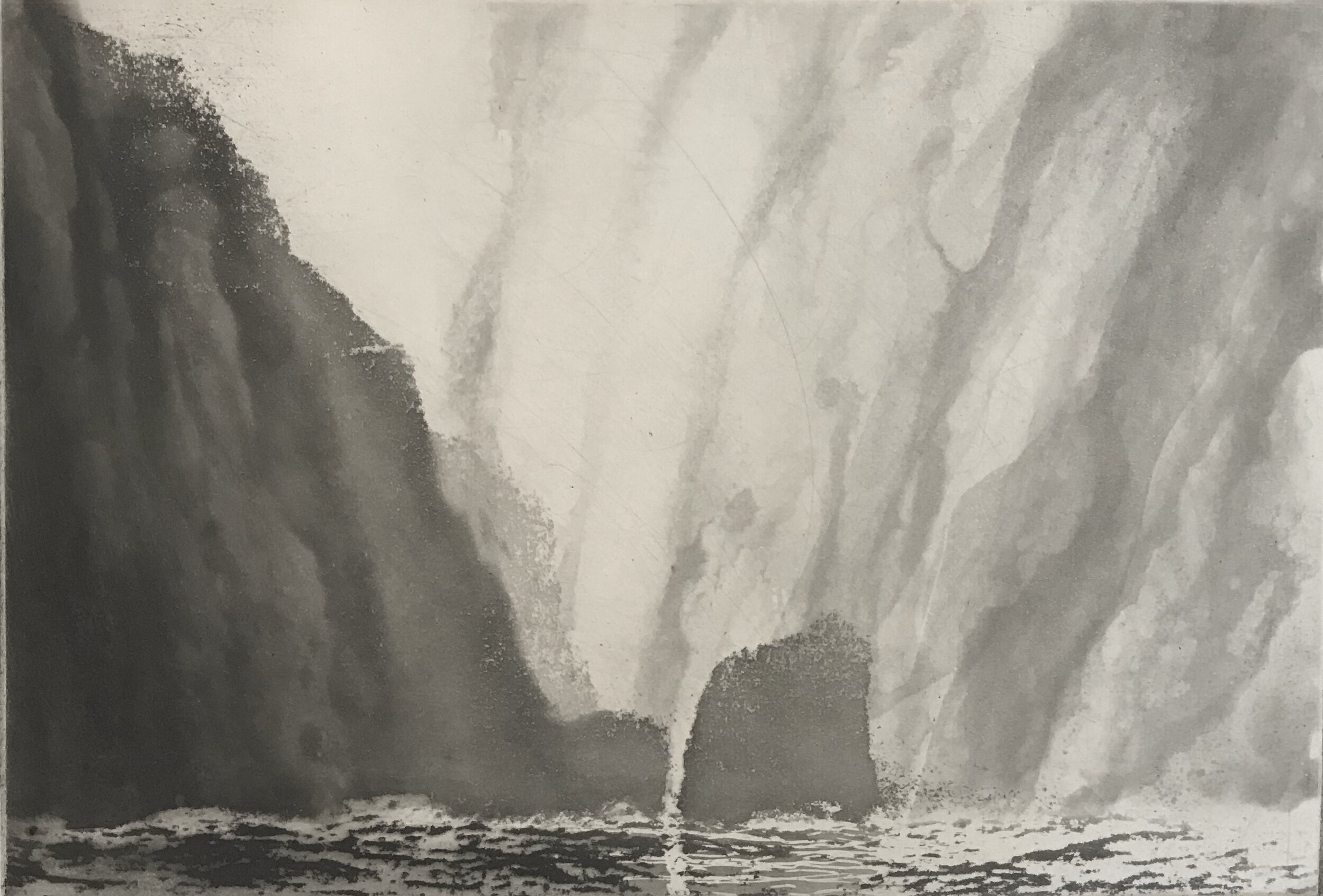During lockdown earlier this year, artist and photographer Joseph Wright found new ways of capturing landscapes, all the while never venturing more than than 10ft from his back door
All artwork by Joseph Wright
Joseph, how would you describe yourself as an artist?
As a visual narrator of inner and outer landscapes. My aims have been to reveal stories of the land and how we inhabit and respond to it, in part, developed through my own lifelong relationship with the countryside and edgelands. I seek to enquire whether the beauty and our connectedness to nature can be found in the least expected and often neglected places. The places often ignored because of our idealised perception of the pastoral and sublime landscape.
How did this change during lockdown?
Fundamentally, my objectives remain the same – my fascination and enquiry of the landscape continues unabated. But, while lockdown may have physically hemmed me in, my mind remained free to wander. In that way, lockdown directed me to focus on my inner expression of landscape, more so than that of the outer one visible to me.
Tell us about your recent series 'Study of the Landscape'.
The series was born out of an almost obsessive need to continue to remain creative and somehow escape lockdown and stay connected to the environments I was now denied access to. I still wanted to work within the loose confines of photographic processes, exploring their simplest forms – subject, light and a receptive material.
One of my experiments was to explore more direct physical manipulation of the cyanotype, and found I was able to create abstract expressions of landscape forms. These forms constantly colour shifted as the UV light from the sun caused reactions in the cyanotype sensitiser materials, creating image sequences that often spanned many days of exposure to the elements. In some sense these works continue to live and thrive, each time they are exposed to light they morph, albeit less each time – perhaps a metaphor for the virus.
I continued to develop the process further and allowed my imagination to run wild, bringing together memories of landscapes visited, emotional responses to the pandemic and climatic situations, re-imagining the landscape in my mind’s eye. The only limit being that of my imagination and not the physical confines of the lockdown. As Dilgo Rinpoche one said, “It is our mind, and that alone, that chains us or sets us free.”
Moving forward, how do you think your work will evolve?
The biggest takeaway for me in creating this series has been to experiment more, relishing the many failures as a necessary step in evolving. Bringing together different facets of my work and approach, mashing them up to keep things fresh. I’ve no doubt all of this will lead to a new spell of creativity.
What's on your bedside table?
My Kindle and an ever-changing small stack of books, just now; Landscape & Memory by Simon Schama, Mirrors Message & Manifestations by Minor White and usually something from the ever excellent Corbel Stone Press.









